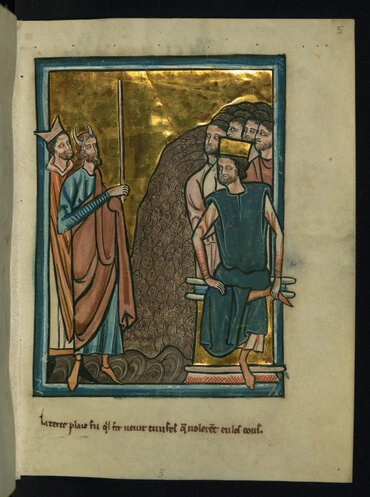16
At nangungulo sa hukbo ng lipi ng mga anak ni Zebulon, si Eliab na anak ni Helon.

Áron byl bratr Mojžíše. Symbolizuje dvě věci v různých fázích příběhu.
Během první části exodu, kdy byl Mojžíšovým mluvčím, Mojžíš představuje Slovo takové, jaké skutečně je, jak je chápáno v nebi, a Áron představuje Slovo v jeho vnějším smyslu, jak je chápáno lidmi ve světě. . Proto mluví za Mojžíše a Pán o něm říká: "bude ti jako ústa a ty mu budeš jako Bůh." (Exodus 4:16)
Později, poté, co byl postaven svatostánek a byl inaugurován jako velekněz (viz kapitoly Leviticus 8,9), Áron představuje Pána, pokud jde o Božské dobro, a Mojžíš představuje Pána, pokud jde o Božskou Pravdu.
(Odkazy: Nebeská tajemství 6998, Nebeská tajemství 9806, Nebeská tajemství 9936, 10397; Exodus 4:14, 28:1, 32:1)